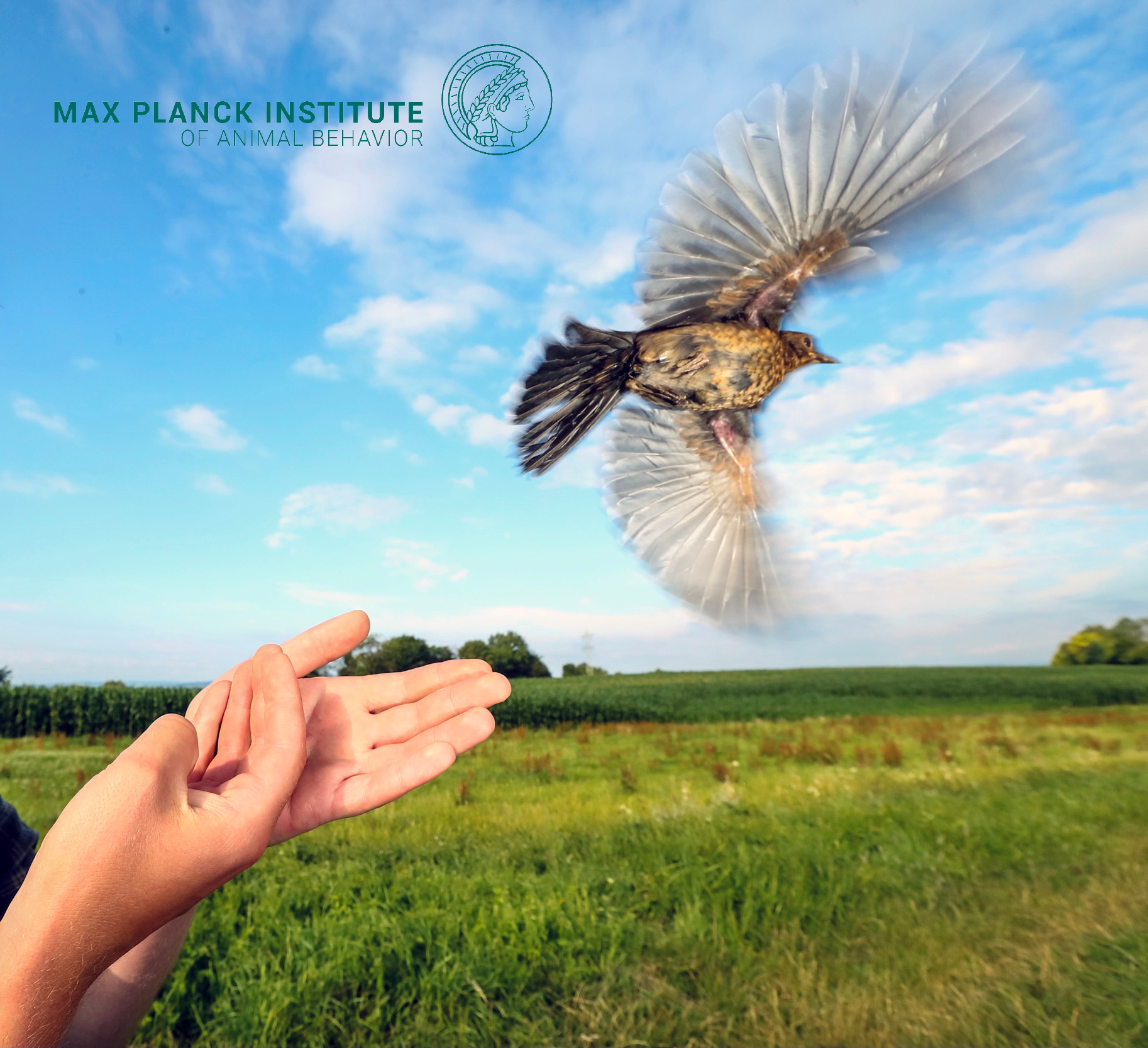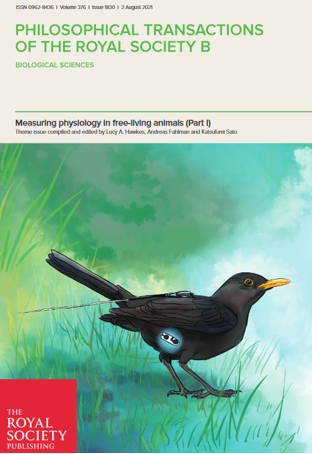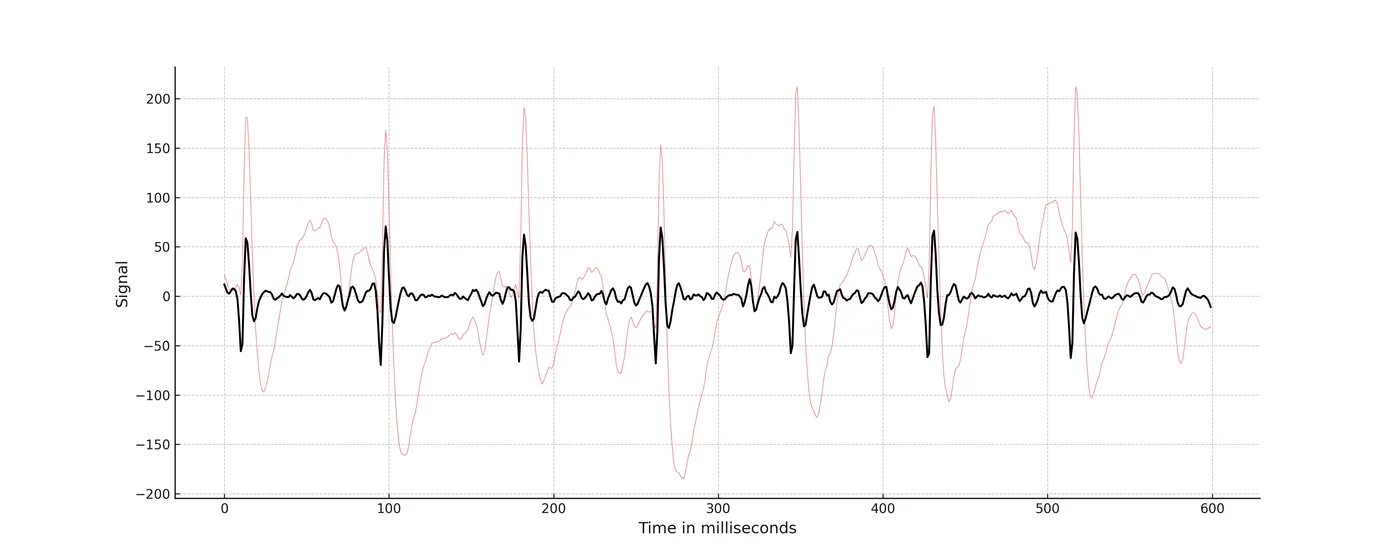Case studies

Quantifying the Energetic Cost of Blackbirds
Logger used: DST micro-HRT
You can find the heart rate and temperature loggers suitable for birds, DST micro-HRT & DST milli-HRT or contact our experts for more information.
Heart rate measured for up to 9 months
Researchers at Max Planck Institute of Animal Behavior have quantified the long-term energetic costs of migratory and resident populations of the common Blackbird (Turdus merula) using Star-Oddi DST micro-HRT (Heart Rate and Temperature) data loggers. The energetic costs are calculated from heart rate and temperature measurements made in a 9 month period. The results are published in two publications listed below. The findings have been covered extensively in the New York Times and Newsweek.
Unprecedented insight into energy cost of migration and overwintering strategies
In 2021 the group published their initial results on the resident population titled “A songbird adjust its heart rate and body temperature in response to season and fluctuating daily conditions” [1].
In a study published in 2024 the migratory population is included as well and is titled “Migratory lifestyle carries no added overall energy cost in a partial migratory songbird” [2].
Max Planck states in a press release issued in September 2024 that the study provides unprecedented insights into the true energetic costs of migrant and resident strategies and reveals a previously unknown mechanism used by migrants to save energy prior to migration.
No extra energy cost of migratory lifestyle
Migrant blackbirds reduced both their heart rate and body temperature about three weeks before starting their journey south each autumn; likely as an energy saving mechanism. The migrants also experienced milder winter conditions, which allowed for less energy spent on thermoregulation. This did, however, not appear to decrease the total daily energy expenditure. These findings contradict a long-lasting textbook assumption that animals spend less energy by migrating to warmer places.

Figure 1: Heart Rate (top) and Temperature (bottom) with migration events (histogram). A clear reduction of heart rate can be seen in migrants 3 weeks before departure; however, there was no difference between migrants and residents overall
Blackbirds fitted with radio transmitter and implanted logger
For over three years, from 2016 to 2018, the researchers implanted 118 DST micro-HRT loggers in the autumns and were able to recapture 83 individuals in the following springs (2017-2019), 54 residents and 19 migrants. The loggers were set to measure temperature and heart rate every 30 minutes for up to 9 months. A custom algorithm was designed, and some minor hardware modifications were done to improve recording and therefore the quality of the data. All birds were also fitted with a radio transmitter.

Figure 2: The front cover of a special issue on measuring physiology in a free-living animals (Part I), Blackbird (Turdus merula) with implanted heart rate logger and tracking tag. Artwork by Yifan Pei
Quality control with an ECG and Quality Index
Each HR measurement is graded with a QI (quality index) from 0 to 3, 0 being best quality and 3 the worst. Heart rate and temperature was recorded every 30 minutes, and raw ECG was stored every 60 hours, see figure below. These ECG measurements are essential to validate the accuracy of the HR calculations and the QI estimation.

Figure 3: An ECG trace from an implanted blackbird showing heart rate of 562bpm
Resulting from this, after quality control of the data that consisted of manually validating the raw ECG data, the researchers discarded data from 12 loggers due to insufficient data quality and some portion of the heart rate measurements in other loggers. The final dataset consisted of 510,654 heart rate measurements and 597,321 temperature measurements.
Migration and climate change
Understanding the physiological motivation of migration can help scientists understand better how certain species might respond to future climate scenarios. This may help scientists forecast which species may adapt, which species may alter their migratory pattern, and which may face greater risk as the world continues to warm.
Want more information?
If interested in measuring heart rate in birds, please do not hesitate to contact our team of experts at sales@star-oddi.com who will provide you with advice on the right type of logger and study design for your animal model.
Relevant publications
[1] Linek N, Volkmer T, Shipley JR, Twining CW, Zúñiga D, Wikelski M, Partecke J. 2021 A songbird adjusts its heart rate and body temperature in response to season and fluctuating daily conditions. Phil. Trans. R. Soc. B 376: 20200213.
[2] Linek N, Yanco SW, Volkmer T, Zúñiga D, Wikelski M, Partecke J. 2024 Migratory lifestyle carries no added overall energy cost in a partial migratory songbird. Nature Ecology & Evolution.
Study Reveals Bird-Migration Mystery, News article in New York Times, September 18, 2024
Why Do Birds Migrate? Scientists Debunk Long-Held Assumption, News article in Newsweek, October 22, 2024



